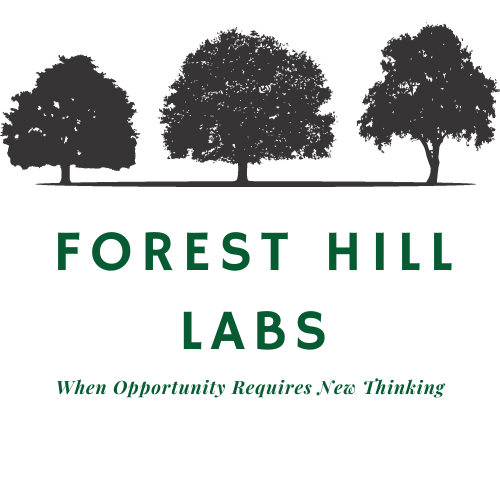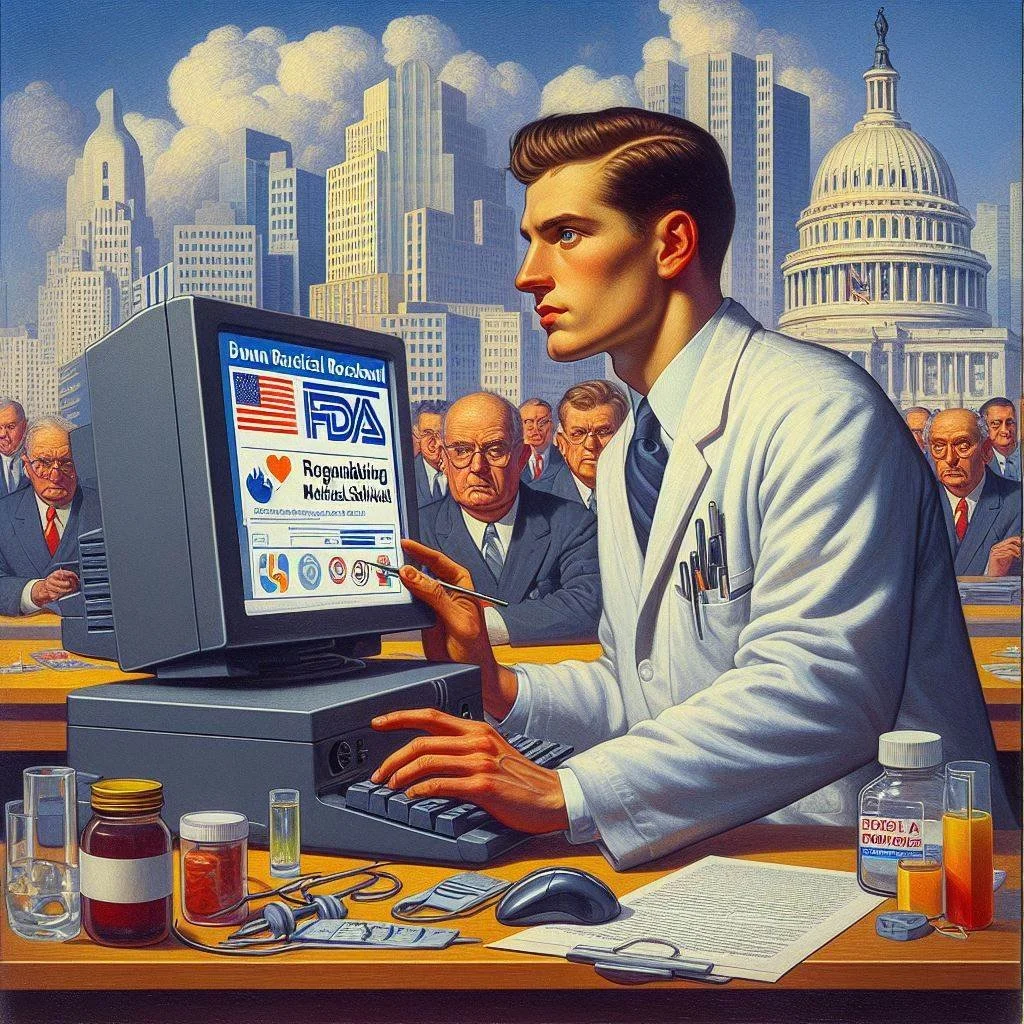FDA Regulation of Digital Medical Products: A Definitions & Policy Primer
By Robert James Horne & Krista Marrero / Published April 23rd, 2024
Key Takeaways
FDA statutes concerning the emerging technology of software as a medical device (SAMD) need to be reconstructed by Congress for the FDA.
Clear and concise language in this new statute can help prevent legal ramifications include court misinterpretation, misinformation, misclassification of evolving AI/ML technology, and ‘high-risk’ products approved prematurely by the FDA.
Just as classification and regulation distinguish drug and medical device definitions, we suggest a new classification and plain language statute for SAMD regulation - medical software.
Reimagining Medical Software Pre-Market Regulation - Copyright FHL 2024
Introduction
The FDA has announced the need for Congress to update federal statutes so that the agency can better consider applications for digital medical products. We thought it an opportune time to share thoughts on the importance of plain statutory construction and clearly defined regulatory classifications.
The Importance of Common Public Understanding of Federal Statutes
U.S. courts often consider the intent of a statute when ruling on cases related to it. Plain language used to construct a statute limits the subjectivity a court can apply. When statutes lack such clarity, statutory construction is the process courts use to assess Congressional meaning.
“Statutory construction is the process of determining what a particular statute means so that a court may apply it accurately; also known as statutory interpretation. Although sometimes the words of a statute may have a plain meaning; in many cases there is some ambiguity in the words of the statute that must be resolved by the judge. To find the true meanings of statutes, judges use various tools of statutory interpretation, including traditional canons of construction, legislative history, and purpose. Statutory construction begins with looking at the plain language of the statute to determine its original intent. To determine a statute's original intent, courts first look to the words of the statute and apply their usual and ordinary meanings.” (Cornell Law School)
Statutory construction and interpretation requires clear and concise language for courts to apply Congressional intent most effectively. In instances when a plain meaning is not evident, courts have the ability to interpret the intent of a statute. When this happens, it is much more likely that courts will apply a different meaning to a law than Congress intended. Consider the following from Georgetown Law:
“Courts generally assume that the words of a statute mean what an ‘ordinary’ or ‘reasonable’ person would understand them to mean. Moreover, some courts adhere to the principle that if the words of a statute are clear and unambiguous, the court need not inquire any further into the meaning of the statute.” (Georgetown University Law Center).
The language used to create a federal law and its purpose are therefore an extremely important and often overlooked aspect of lawmaking. Indeed, the plainer the language, the more assurance a common understanding of the meaning of a law exists and the less need for courts to step in and interpret it.
FDA Regulation of Digital Medical Products
Regulations open to interpretation create opportunities for disagreements between the administration, courts, and future Congresses. This can lead to lawsuits and regulatory inaction. With the importance of plain statutes in mind, we should consider the FDA’s medical device statutes.
The current regulatory claim used by the FDA is that stand-alone medical devices (SAMD) connect to medical devices and are therefore regulated as digital medical products. However, many SAMD are powered by non-medical devices, such as cell phones and computers, which are subject to continuous alterations with traditional software updates, installation of artificial intelligence (AI), and implementation of dynamic machine learning (ML) algorithms. The medical device statute requires that products are ‘intended to affect the structure or any function of the body of man or other animals, and which does not achieve its primary intended purposes through chemical action.’
There are a few problems with this approach. For starters, stand-alone medical software products do not fit this description. Medical software products, including AI, are largely focused on educating, informing, and recommending actions that may or may not be intended to alter the chemistry, function, or structure of the human [or animal] body.
Another downside of defining medical software as a medical device is the requirement that high-risk devices must be tested in live human clinical trials before being approved. This makes sense when the medical product changes the function of the human body, but not for stand-alone products that do not. The risk of SAMDs exists when they don’t operate as intended, or when the information and recommendations it produces are inaccurate or not appropriate for the intended use. Rather, performance testing in a lab seems more appropriate in most cases (and less costly).
The FDA has many different approval pathways for different product categories. The fact that different review and approval pathways exist for drugs and medical devices supports the contention that digital medical products including SAMD will be best served by their own product category and unique regulatory pathway.
Conclusion
The FDA statement that regulated medical devices connect to medical software and are therefore, by matter of relation, a medical device should be viewed as appropriate in its time, but not for authorizing new statutes. This was the view that Congress held when it developed and passed the Software Act in 2016, which allowed the FDA to focus its regulatory efforts on medical software products as uniquely different from traditional medical devices.
The fast-paced and evolving progress of AI/ML technology requires something more in line with its functional nature than the current medical device statute can accomplish. To prevent future misinterpretation and misclassification in the public eye and courts, clear and plain language should be used by Congress to redefine medical software pre-market regulation.


